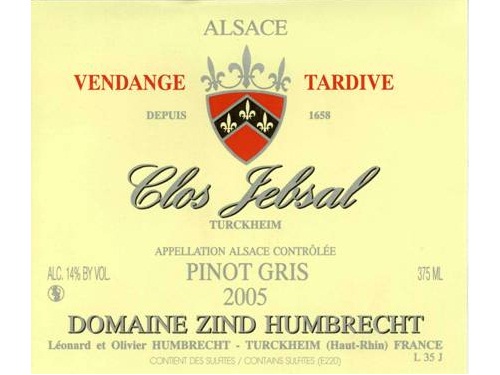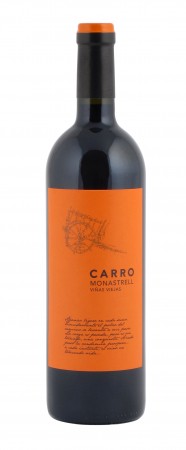Zind Humbrecht has for long been one of the leading lights for biodynamic wines, rich, fullbodied, yet balanced – and wonderful for the season that’s now approaching.
The company was set up by the Zind and Humbrecht families in 1959. Today it is represented by Olivier Humbrecht who sees himself in a father-to-son tradition that goes back to 1620. In total the domaine has 40 hectars under vine and has been biodynamic certified since 1991. Since 1992 it has been located just outside Turckheim, on the Colmar side.
They prefer long growing periods to achieve ripe and concentrated grapes, often with botrytis that gives sweet, exotic aromas. Fermentations are slow, and the minimum of time spent on lees is 6 months. The result are very impressive, intense, rich, alcoholic wines, often with residual sugar, that nonetheless keep the characteristics of their different vineyards. They will keep, and they will “dry up” after some years in the cellar. Last year I tasted the 1989 version of this week’s wine, a wine in excellent condition.
 Clos Jebsal
Clos Jebsal
The Jebsal is one of the steepest vineyards in Alsace with a surface of 1.3 ha. south-exposed in the commune of Turckheim. It lies on grey marl limestone, rich in clay and gypsum, with numerous terraces. At a time abandoned and divided into many smaller plots, Leonard Humbrech managed to restore it in 1982. It was then planted with pinot gris, and the first vintage to be bottled was 1987.
Despite the ability to produce sweet, botrytised wines (in fact all vintages have been sweet, most often a vendange tardive) this vineyard also is the first in the domain to see flowering and véraison (the changing of colour, beginning of ripening), and thus produce wines often characterised by cool soils. The soil has a good water retention capacity and prevents stress, so it can yield wines with a natural balanced acidity.

Pinot Gris Clos Jebsal Vendange Tardive 2005 (Zind Humbrecht) 37,5 cl.
Yellow-gold colour. Aromas of orange, herbs, dried fruits, honey, and a touch of smoke. Very intense and (I would say) moderately sweet, but the acidity comes out after a while. A concentrated, flinty and very long aftertaste.
Price: High








 Clos Jebsal
Clos Jebsal


